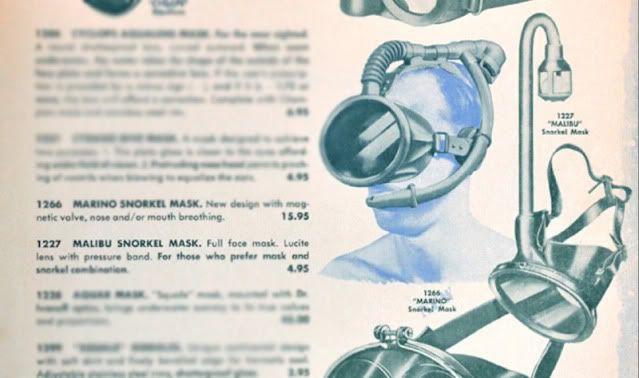Other than the tilt valve second stage, nothing really dangerous comes to mind. Poor performers on the othere hand are plentiful.
On the Healthways diaphragm, from what I understand it should be out soon. I have a Gold Label with one of the prototype diphragms in it. Several of us have dove it to depths over 100ft and tank pressures to around 3500psi and all agree it is a great reg. The Gold Label with the new diaphragm and new mushroom valves in the exhaust and mouthpiece are very good.
On the Healthways diaphragm, from what I understand it should be out soon. I have a Gold Label with one of the prototype diphragms in it. Several of us have dove it to depths over 100ft and tank pressures to around 3500psi and all agree it is a great reg. The Gold Label with the new diaphragm and new mushroom valves in the exhaust and mouthpiece are very good.





